Service Concepts
The conceptual metaphors that emerged from this preliminary analysis represent a breadth of choices for describing the complexity of service systems and their component parts. This raises interesting questions about what might be gained or lost when service is described as an ecosystem versus, for instance, a learning system versus a theater or a honeybee colony. Might communicating service using one metaphor make more sense in a given context than in another? Could the use of different metaphors in the same context be a useful creative prompt to help define the boundaries of a service system? Do metaphors rooted in nature provide different mental models for service than those based in structural or organisational frameworks? What are the implications of these choices when it comes to designing and communicating the value of service design to key stakeholders?
Service Processes/Tools
The metaphors associated with service processes and tools describe representations of the entirety of the service experience (e.g. journey, orchestration, flow, narrative), snapshots of service experience (e.g. touchpoints, peaks, blindspots), descriptions of how service is created (e.g. co-created/destructed), and how service experience unfolds (e.g. interaction, transaction, social exchange).
Making intentional choices about how these pieces come together and how they relate to the service concepts we use to frame service communication has the potential to either provide clarity or, if the choices we make are less aligned, could hinder it. This does not mean that mixing these metaphors is ‘right’ or ‘wrong’. Rather, it merely suggests that understanding how these elements come together and how best to communicate seemingly contradictory concepts is worthy of further exploration in practice and through academic research.
Service Roles
The service role metaphors in the academic literature are varied and surprising, which means they hold the potential for new thinking about our conceptualisations of customers, employees and suppliers in service systems. Of note is the distinction between representations of customers as contributors to service (e.g. co-creator, co-designer, brand champion) and more negative representations (e.g. terrorist, saboteur, Pinocchio).
How might customers react to the responsibility of contributing to service at that level? Might some customers be burdened by those expectations and could their negative behaviour represent a rebellion? In the case of employees, many of the roles described in the literature involve responsibilities that might be beyond the scope of their normal duties (e.g. brand champion, entrepreneur, matchmaker, cheerleader). How might these roles influence employee interactions with customers? Might we better understand the relationship between employee and customer through the use of metaphor? Could we reimagine these roles and interactions between customers and employees by reimagining them through the lens of different service concept and process metaphorical frameworks?
What’s next
This examination of service metaphors is meant to be a conversation starter rather than a comprehensive academic analysis. Instead, it is an attempt to move recent calls to bridge the academia-practitioner divide in service5 off the page and into the world by creating an opportunity to work together to explore the use of metaphor in service design practice. To that end, spreadsheets containing a full list of references and the raw preliminary review of metaphors can be found online (see sidebar).
In sum, it is my hope that this review provides a stepping-off point for further examination of this topic. Practitioners and academic researchers are invited to build upon this preliminary examination of key marketing and service journals to consider how metaphor is currently used to communicate service concepts and to explore how commonlyused service metaphors might help (or hinder) how stakeholders outside the field understand and embrace service design. Moreover, I hope it will inspire us to experiment with our use of metaphor in framing service design and more clearly communicating its value to people in and outside of the field.




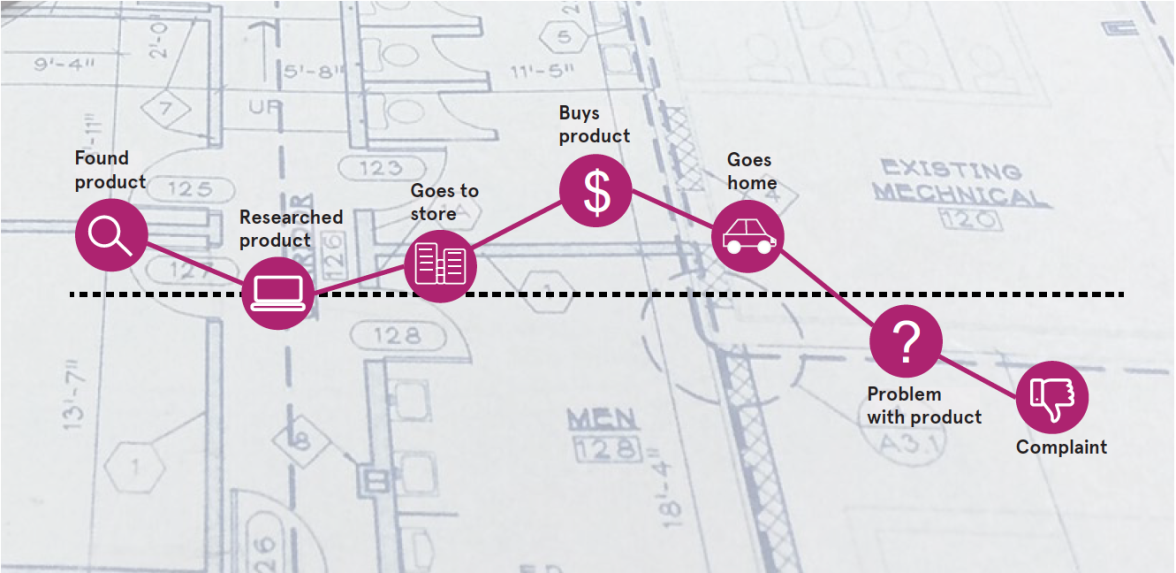
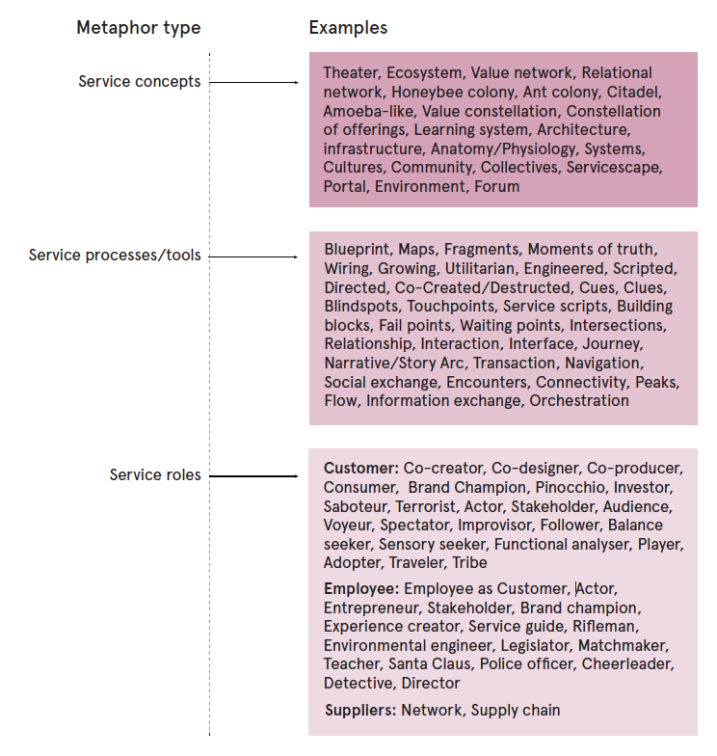

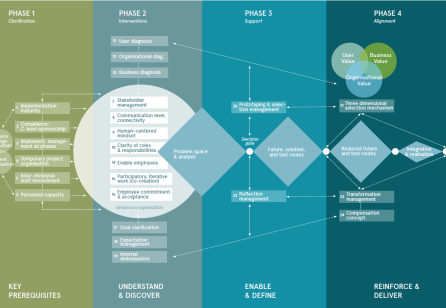
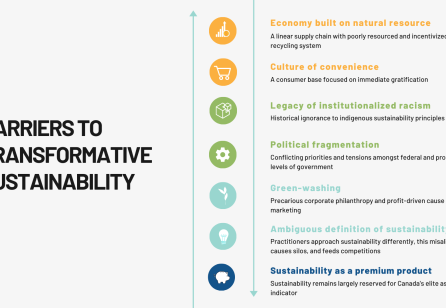
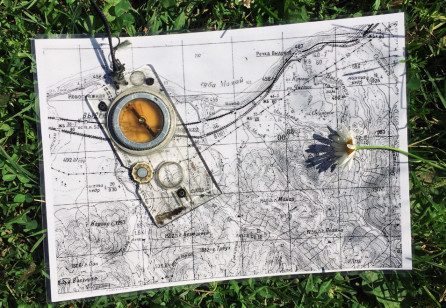

Share your thoughts
0 RepliesPlease login to comment